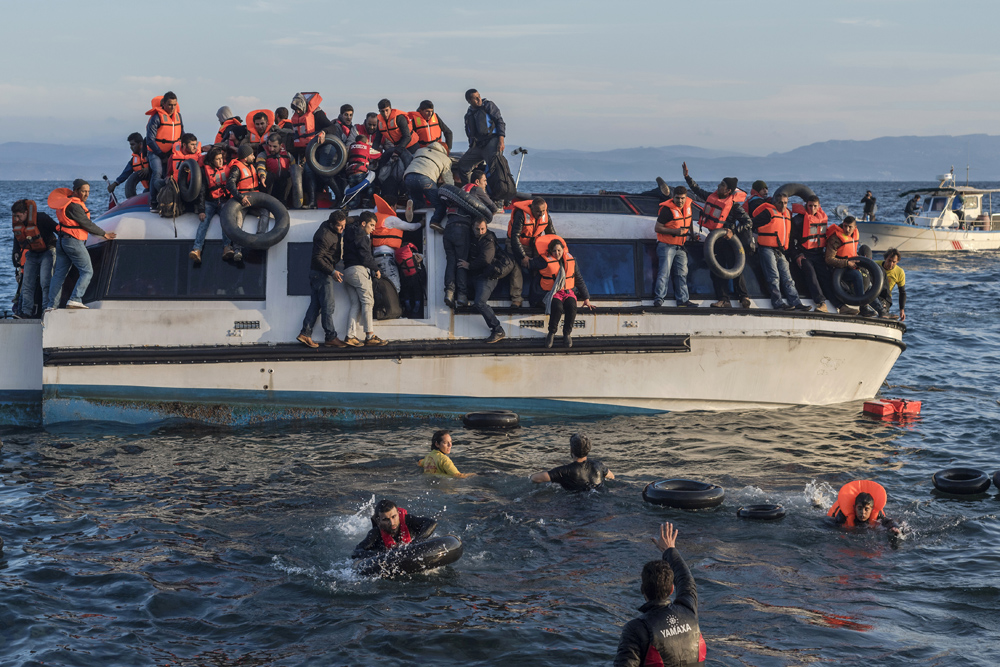As Syrian refugees leave their country in hopes of finding a fresh start, many have taken to the Mediterranean Sea. The trouble is they don’t have the right equipment to do so. Their boats aren’t stable—the motors barely functions as they reach the coast—and most of them don’t have life jackets. Due to the inefficient gear, over 4,000 refugees have lost their lives at sea.
According to Digital Trends, almost every day refugees cross the borders of Syria into neighboring nations such as Jordan, Lebanon, Turkey, and Iraq. Many are fleeing into Europe –more than one million– to escape the conflict, while 2,000 arrive in Greece by boat everyday.
So far, 18,000 refugees have arrived in Lesbos, Greece since the beginning of the new year. The continent does not see an end to the over-flooding of intake as the war continues to be incredibly dangerous. “Already, it’s a record year,” said Boris Cheshirkov, spokesman on Lesbos for the United Nations High Commissioner for Refugees, “We don’t have a crystal ball, but the war in Syria is not going to end tomorrow. If anything, it’s becoming more deadly.”
Due to the high influx of refugees on the coast of Greece and water temperatures dropping to frigid degrees, the local Coast Guard has enlisted the help of a robot named EMILY: the Emergency Integrated Lifesaving Lanyard, with the hope of protecting the thousands of refugees that arrive on the Greek island of Lesbos every day.
Tram Nguyen, a senior at Portland State said, “I think it’s a great idea…It’s definitely better than actual lifeguards there because in the long run EMILY can be out there in the cold, heat or whatever temperature it is and save lives, without injuring and risking the lives of human lifeguards.”
Nguyen brings up a great point: Greece has found a way to help Syrian refugees without putting their own citizen’s lives at risk.
The robot EMILY was originally created to help stray swimmers in the United States. The buoy is four feet long and controlled by a human operator. With the help of EMILY, the Coast Guard and lifeguards can prioritize unconscious victims that would otherwise not be able to grab onto the buoy.
“I think EMILY is a good [technological] tool,” Nguyen said. “I don’t see why everyone else isn’t expanding on this more because there’s a lot of people who can’t swim and are drowning.”
With so many Syrian’s trying to escape the violent struggles they face at home, many have died in an attempt to flee their country, due to the lack of supplies needed. With this rapid technology cruising through rip-currents at a quick speed of up to 22 mph, saving distressed swimmers has never been so helpful.
With Greece making a move to use drones and robotic lifeguards to rescue ship wrecked Syrian refugees it could potentially elicit and spark change from other countries to help.






